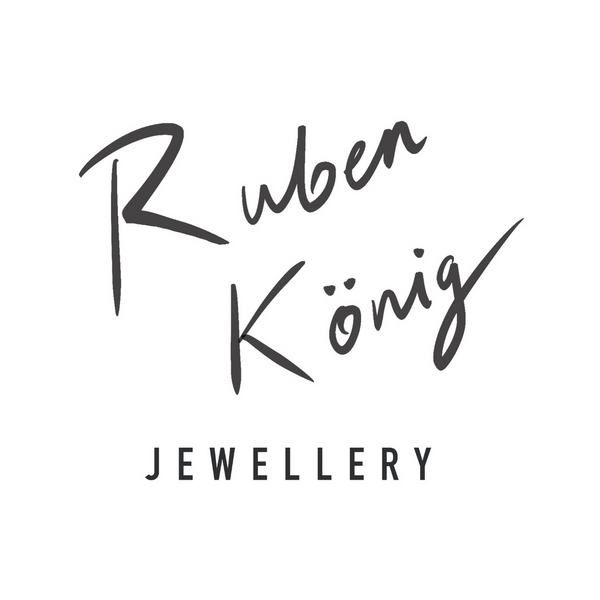Is this Diamond Real? The REAL question you should be asking is.... Is this Diamond Natural?

Synthetic gemstones have been on the market a long time, they are also known as Artificial gemstones or Cultivated gemstones. These Synthetic stones have the same chemical composition as the natural stone (and same physical properties too) but have been created in a laboratory by human beings instead of by mother nature. For some gemstones, the synthetic counterpart can be detected with a 10x jewellers loupe. For others (like Diamond) it can be impossible without sending the stone to a reputable laboratory (such as GIA, IGI etc.).
With stones like Ruby or Sapphire (Corundum) certain types of Synthetic can be identified by characteristics within the stone. For instance, ‘Verneuil’ method stones, also known as ‘flame fusion’ can be easily identified by the growth pattern visible within the stone. Natural Corundum have straight growth patterns (also known as striations) when visible, whereas ‘Verneuil’ method stones have curved growth patterns. This is due to the way the stone has been manufactured. These Synthetic counterparts are far cheaper than the natural gemstone and can be hard for the untrained eye to detect.
With Diamonds, this is exactly the case - pretty much impossible to detect with the aid of conventional gemmological tools. Synthetic diamonds can be produced by two methods; HPHT (stands for High Pressure, High Temperature which is also a treatment method/colour enhancement) or CVD (Chemical Vapour Deposition). The latter is more commonly seen on the market. These stones are now produced (mainly in China & the USA) to meet demand for cheaper stones and those who are more ethically conscious, as these stones are not mined. They are however appearing in jewellery and can be passed off as natural stones with consumers being none the wiser.
Any gemstone that has a Laboratory Certificate from a reputable Lab will state that the stone is a Synthetic (and the method of production). These laboratories can X-Ray the stone to see the growth pattern within it, and thus if it is of Natural Origin. I would recommend purchasing a stone with a GIA (Gemmological Institute of America) certificate as they are undoubtedly regarded as the world’s leading authority on Gemstone Certification. Other laboratories can use GIA terminology but are not obliged to adhere to their grading standards. For instance, certain laboratories can say a stone is a ‘G’ colour when in actual fact it is much lower. Over certification of gemstones (particularly Diamonds) is now a commonplace problem within the Diamond market/Jewellery Industry and means that values can be inflated for poorer grade stones.
The below shows a Diamond Certificate for a CVD Synthetic Diamond issued by IGI laboratory. This particular stone also has a laser inscription on the girdle stating that it is a synthetic. However, stones can be synthetically produced and NOT laser engraved, meaning that most jewellers and gemmologists may assume the stone is natural. This particular stone was produced by a laboratory in China.


